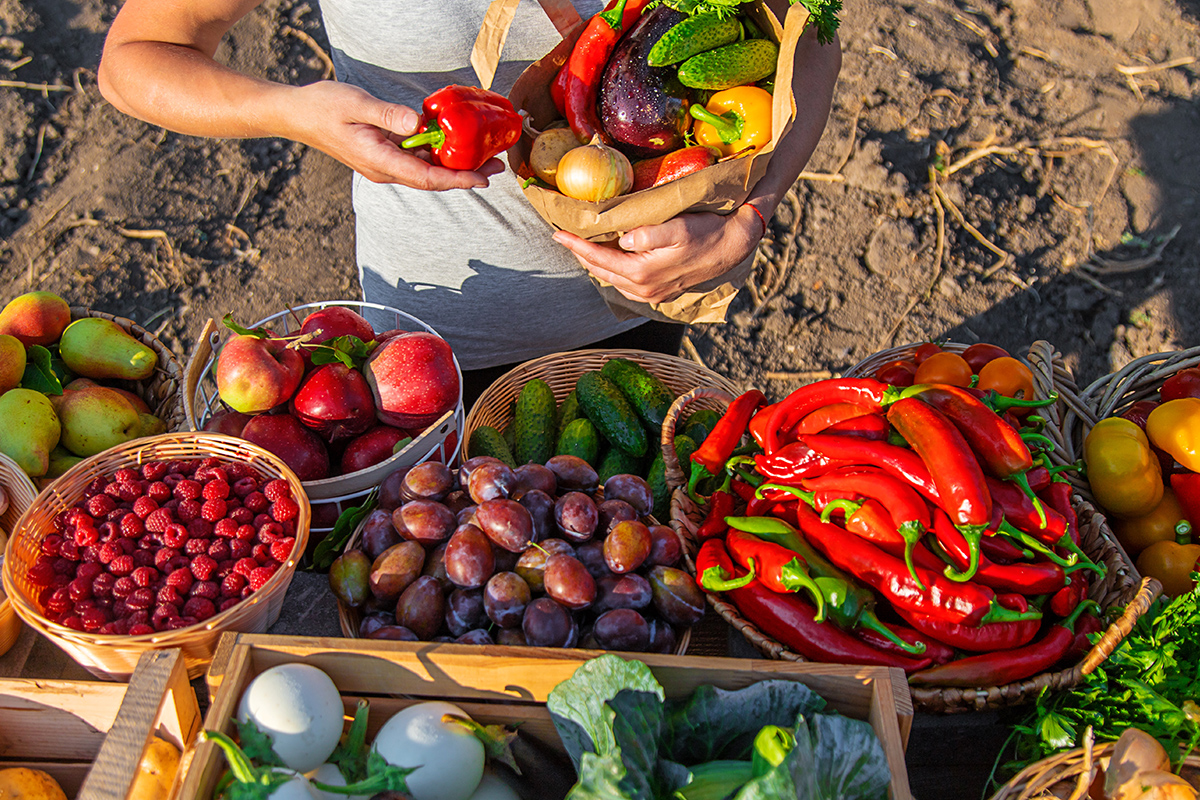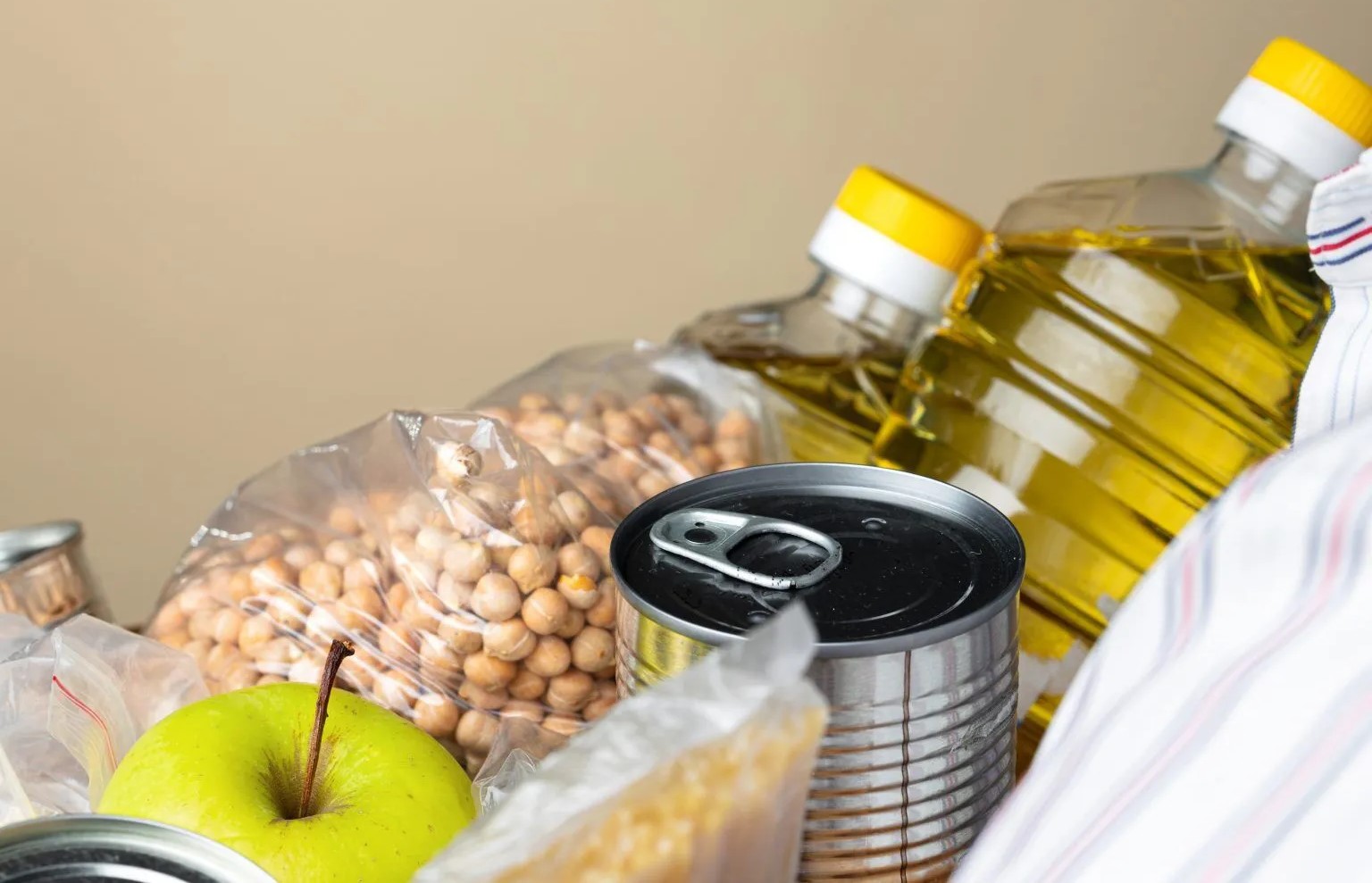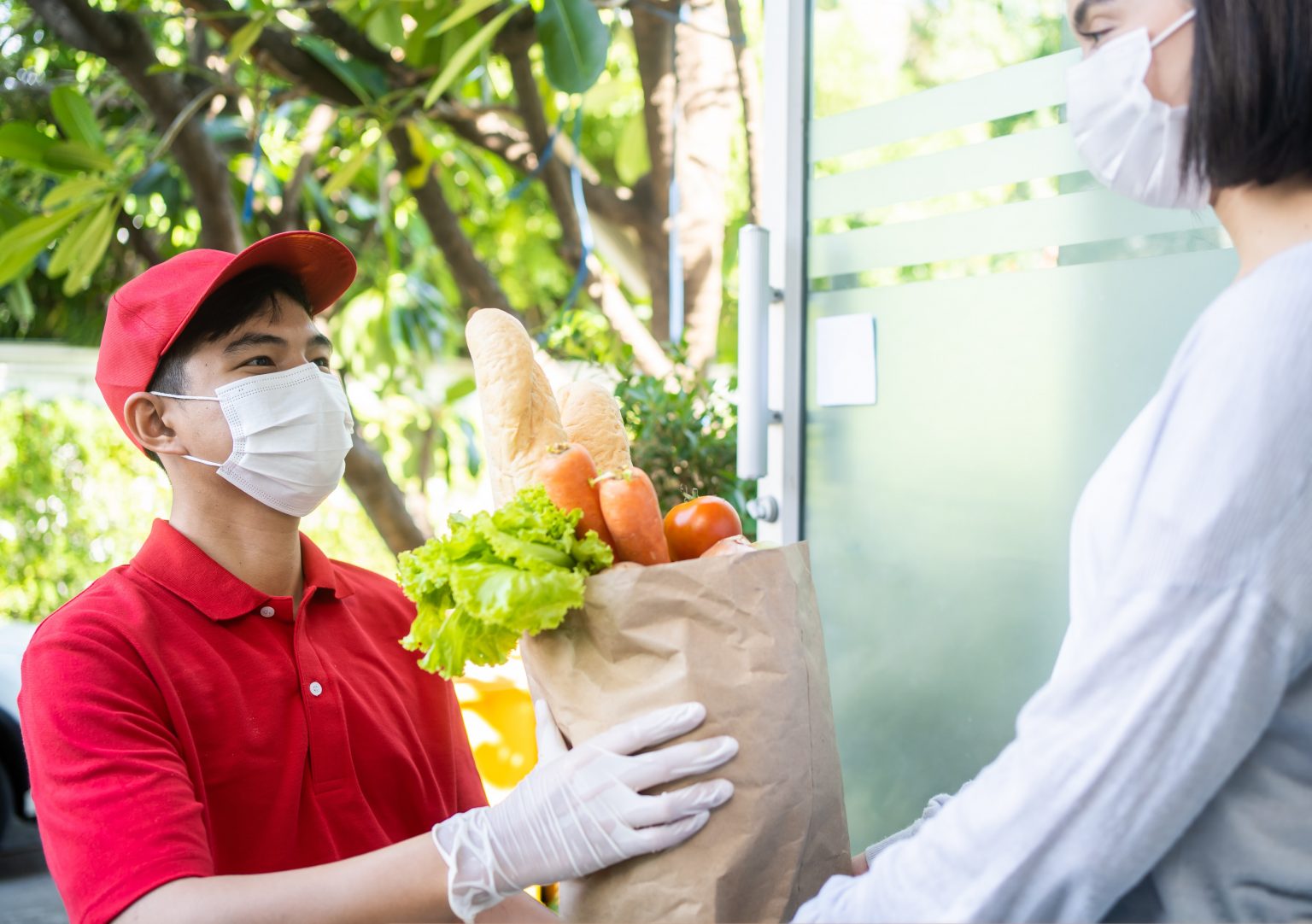Last Updated on March 18, 2024 by Admin
Food isn’t just about tantalising taste buds; it’s about ensuring what goes into our bodies is safe and healthful. With a rise in global food trade and varied culinary techniques, understanding food safety and hygiene nuances becomes paramount. Food safety signifies a critical aspect of public health, aimed at safeguarding consumers from foodborne illnesses and keeping the wholesomeness of the food supply chain. It encompasses a variety of measures and practices to prevent contamination and ensure that food remains safe for consumption from the point of production to the final consumer, often summarised by the “farm to fork” concept. It includes hygiene practices at every stage of the food supply chain, rigorous standards for food processing, storage, and handling, as well as comprehensive regulations and policies that guide food producers, processors, and retailers. This article looks deep into food safety, hygiene and their indispensable role in the food industry.
What Constitutes Good Hygiene Practices in the Food Industry?
Before diving into the nitty-gritty of good hygiene practices in the food industry, it’s crucial to understand its essence. Good hygiene practices encompass measures and guidelines ensuring food is safe for consumption and free from contaminants.
1. Regular Cleaning and Sanitization: Ensuring equipment, utensils, and food preparation areas are cleaned and sanitised reduces the risk of foodborne pathogens.
2. Proper Storage: Raw and cooked foods should be stored separately to prevent cross-contamination. Furthermore, each food type has specific temperature requirements to retain freshness and safety.
3. Personal Hygiene of Food Handlers: This includes regular handwashing, using protective clothing, and ensuring that any sickness or injury is adequately addressed.
4. Continuous Training and Education: Making sure that every team member is well-versed with the most recent protocols and adheres to the best industry practices is vital. Continual training sessions keep everyone abreast of the evolving food safety landscape and instil a culture of excellence.
5. Waste Management Protocols: Efficient waste management prevents pests, which are carriers of numerous diseases. It ensures that contaminants do not re-enter the food processing areas.
Why is Health and Hygiene in the Food Sector Non-negotiable?
Dabbling into the few importance of health and hygiene, it’s evident that its significance isn’t just regulatory—it’s ethical and essential.
1. Protection against Foodborne Illnesses: Proper hygiene practices ensure the food served is free from harmful bacteria and pathogens that could cause diseases.
2. Upholding Brand Reputation: Consistency in maintaining high hygiene standards fosters trust among consumers.
3. Economic Implications: Adhering to health and hygiene standards reduces the risk of food recalls, which can be financially draining.
How does Food Safety and Hygiene Influence our Kitchen Endeavours?
Every home kitchen is a culinary laboratory, and ensuring food safety and hygiene in the kitchen isn’t just for professional chefs—it’s for anyone who prepares or handles food.
1. Safe Cooking Temperatures: Proper cooking eliminates harmful bacteria. Using a thermometer ensures food reaches a safe temperature.
2. Avoiding Cross-contamination: Using different cutting boards for raw meats and vegetables, for instance, reduces the risk of bacterial transfer.
3. Safe Storage Practices: Refrigerating perishables within two hours and checking expiry dates ensures food safety.
4. Mindful Ingredient Sourcing: It’s crucial to purchase ingredients from reputable sources. Ensuring the authenticity and quality of raw materials can drastically reduce the food’s contamination risk.
5. Regular Hand Hygiene: Frequent and proper handwashing, especially before handling food, can prevent many potential contaminations.
6. Routine Equipment Maintenance: Damaged or malfunctioning equipment can introduce unforeseen risks, from metal shards to uneven cooking. Regular checks and maintenance can help mitigate these risks.
Read Also – The Importance of Food Hygiene at Home and Outside
How do Food Safety and Food Hygiene Differ Yet Complement Each Other?
The terms’ food safety’ and ‘food hygiene’ often go hand in hand, but they are different. Grasping the difference between food safety and food hygiene is essential for a well-rounded understanding.
- Food Safety: Refers to practices and precautions to prevent the contamination and poisoning of food, covering a range of procedures from procurement to serving.
- Food Hygiene: Primarily focuses on ensuring food doesn’t become a breeding ground for pathogens, addressing how it’s stored, handled, cooked, and consumed.
While distinct in their definitions, both are complementary. Adequate food safety is attainable with stringent food hygiene practices, and vice versa.
Does the ‘Conclusion of Food Hygiene’ Imply an End or a Commitment?
The conclusion of food hygiene isn’t about ending a topic or a conversation. Instead, it signifies an unwavering commitment to the health and safety of consumers. As our understanding of food evolves, so do the methods and practices to keep it safe.
The journey of food hygiene is ever-evolving, requiring relentless dedication, up-to-date education, and a keen sense of responsibility. It’s not just a protocol; it’s a perpetual covenant with the global community to safeguard their health through the food they consume.
A Never-Ending Journey
Food safety and hygiene are vast, intricate, and indispensable. Whether you’re a professional in the food industry, an avid home cook, or an everyday consumer, understanding the importance and practices of food hygiene can make a world of difference. It’s not just about preventing illnesses; it’s about upholding the sanctity and integrity of food.
Adequate training equips individuals with the knowledge and techniques to apply these standards consistently and effectively. As we continue to evolve and grow in our culinary endeavours, let the principles of food safety and hygiene be the guiding light, ensuring every bite is delicious and safe.
Read Also – Food Safety and Different Types of Food Contaminations













